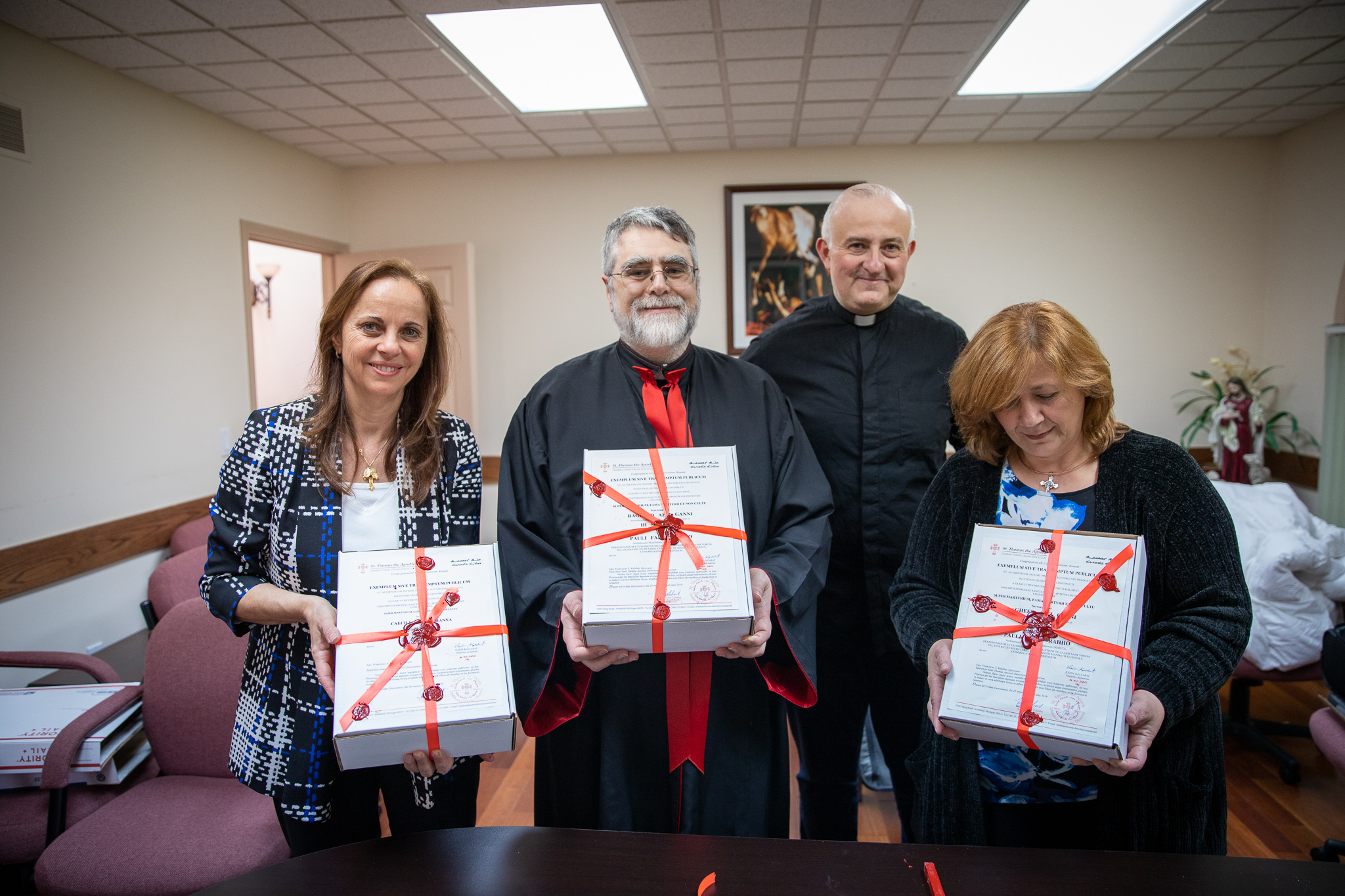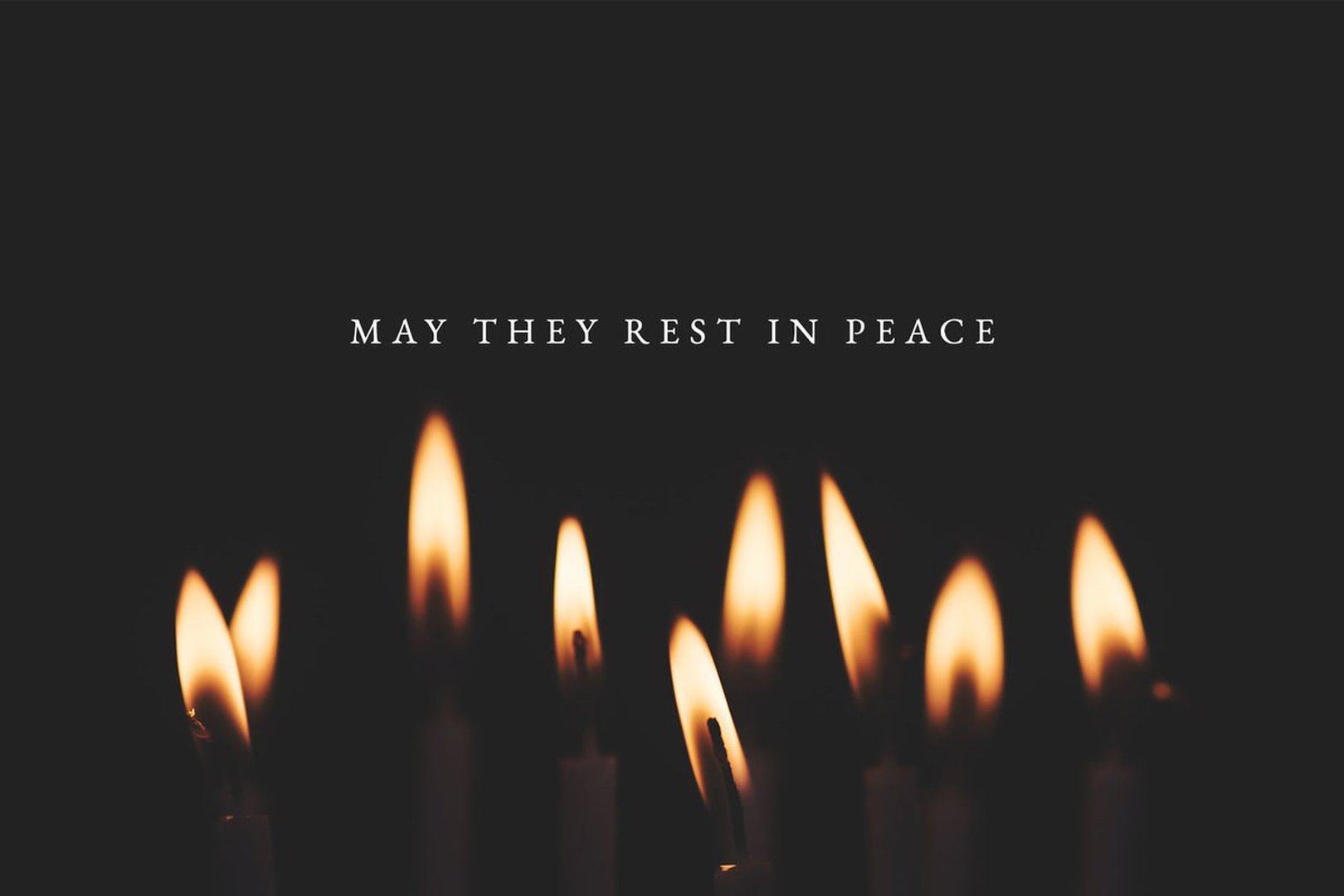Modern-day Chaldean martyrs show that ‘Christ is alive,’ says local priest; causes now move to Vatican for approval
SOUTHFIELD — Fr. Ragheed Ganni was a young, intelligent priest known for his apostolic zeal.
On June 3, 2007, Fr. Ganni and three subdeacons were shot and killed outside of the Chaldean Holy Spirit Church in Mosul, Iraq, where Fr. Ganni had just finished celebrating Mass for Trinity Sunday.
Their crime? Refusing to close the church and convert to Islam.
“He was told to shut the church down, don't open the doors ever again, otherwise we are going to attack, we are going to kill you,” Fr. Patrick Setto, the promoter of justice for Fr. Ganni and his companions’ cause for canonization, told Detroit Catholic.
“And (Fr. Ganni) said, ‘I'll never shut the doors of the church; I'll never shut God's house up to anybody. So, no matter what, I'm going to open those doors and I'm going to celebrate Mass.’ And he did,” said Fr. Setto, associate pastor of Mother of God Chaldean Church in Southfield.
The group of Islamic terrorists that shot and killed the men would later merge themselves with the notorious terror group ISIS.

Fr. Setto said that for him, the courage and bravery shown by Fr. Ganni and his companions show that the Catholic faith is real.
“That says that this is not just some sort of delusional type of faith, but this is something very real. If it wasn't real, how could he have that courage?” Fr. Setto said.
Fr. Ganni and his companions’ cause for canonization is one of three causes of modern-day Chaldean martyrs currently being considered by the Vatican. Chaldean Catholicism is an ancient rite of the Catholic Church that originated in present-day Iraq and is in communion with Rome.
The causes of Fr. Ganni and his companions and the other two martyrs were investigated locally by the St. Thomas the Apostle Chaldean Catholic Eparchy, which is based in Southfield. The Chaldean eparchy (similar to a diocese) is one of just two in the United States, and is directly overseen by the Holy See.
Of the other causes, the first was Sr. Caecilia Hanna, 71, who was killed in 2002. A member of the Congregation of the Sacred Heart of Jesus, Sr. Hanna chose to stay the night in her convent on Aug. 15, 2002, in Baghdad, Iraq, even though all of the other sisters were going to be away.
According to Fr. Setto, Sr. Hanna’s family had offered to let her stay the night at home while the sisters were away, but Sr. Hanna told them that she could not leave Jesus in the convent alone.

That night, robbers came to the convent and, upon finding Sr. Hanna there, brutally murdered her by severing her head from her body.
“It's very beautiful to think about how she was not willing to leave Jesus alone,” Fr. Setto said.
In an August interview about Sr. Hanna, Fr. Luis Escalante, the Rome postulator for these causes, told the Chaldean News that Sr. Hanna’s martyrdom reminded him of that of Fr. Jacques Hamel, the French priest whose throat was slit during Mass by two Muslim men pledging allegiance to ISIS in Normandy on July 26, 2016.
“Chaldeans have been called the Church of the martyrs,” Fr. Escalante said. “Since the birth of Christianity ... many Chaldeans have been killed for the faith.”
The other martyr whose cause was investigated in the St. Thomas eparchy was Bishop Paulus Raho, who took over Fr. Ganni’s parish after his death.
The bishop knew there were threats against his life, Fr. Escalante said, but he wrote to his diocese that he did not want them to pay his ransom money, if it came to that.
A year after the murder of Fr. Ganni, Bishop Raho was kidnapped by Islamic terrorists outside of the parish after finishing the Way of the Cross on a Friday. Less than two weeks later, his body was found.

Over the past year, the St. Thomas eparchy has collected relics, interviews and documentation about each of the martyrs' lives, and on Aug. 27, Bishop Francis Y. Kalabat signed the conclusion of the eparchy phase of the causes for canonization, sending the causes to the Vatican.
Because each of these causes is that of a martyr, they will not need the customary proven miracle through their intercession to be declared a “blessed” in the Church.
There are “more martyrs from the Middle East than we can count,” Fr. Setto said. And while ISIS has supposedly been destroyed, the persecution in that region against Christians will likely only change forms, he said.
“There are still people who are displaced. There are still people who don't have their homes ... they're living in other parts of Iraq because of the persecution,” Fr. Setto said.
Working on the causes made Fr. Setto reflect on whether he was willing to die for his faith, he said.
“It really puts our faith in perspective,” Fr. Setto said. “It brings you to a point where, internally in your heart, you have to (decide) that either this is all something that we've just made up, it's all an illusion, or it's a reality.”
“It's very easy to practice your faith on a daily level when your life is not being threatened,” he added. “We all are very blessed (in the United States) to be able to go to church, for the most part, without being persecuted, without fear of our lives.”
That these martyrs were willing to die for their faith is “a witness to the fact that the resurrection did take place,” Fr. Setto said, “that Christ is alive, and if he's alive, then we've all got to face our entire faith a totally different way because of that.”









